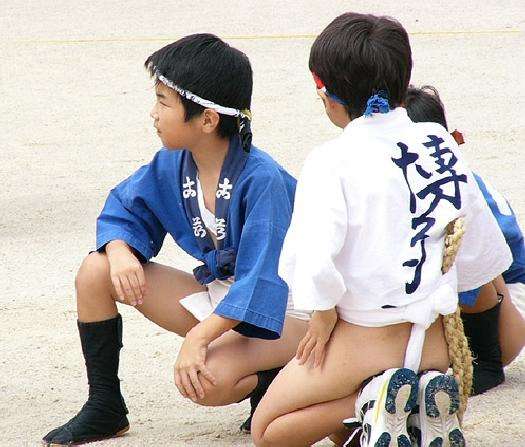
Figure 1.--There are some activities in which traditional dress is worn. Here we mean actual participants in the festivals. We do not have details on the these traditional costumes and how accurately the replicate actual historical dress. |

|
There are some activities in which traditional dress is worn. Here we mean actual participants in the festivals. We do not have details on the these traditional costumes and how accurately the replicate actual historical dress. We note for example that festivals dating to widely separated historical periods wear rather similar costumes. Hopefully our Japaneses readers will provide some insight here. Nor do we know how they vary at the different festivals around Japan. We note boys and men at the Miyajima festival wearing short jackets and loin cloths or fundoshi. This seems to be an outfit also worn at some other festivals. We do not yet know the significance and derivation of these costumes. They were worn by both boys and men. There does not seem to be a specifically boy costume. The participants in these festivals seem to be mostly boys and men. We also note children in some festivals or celebrations wearing modern-looking band outfits. One interesting aspect of children parrticipating in the events is the gender differences. Apparently when these events were founded the paritcipants were all or mostly men and boys. Thus there are tgraditioinal costumes for ma;es to wear. Now as Japan is becoming a less male-dominated society, girls want to participate in the events. But there are no traditional costumes for them because traditionally they were not involved. The girls we see participating in modern festivals tend to wear very modern shirts and looking pants, both short and long pants. To look a little more in costume they wear short jackets like some of the boys.
There are some activities in which traditional dress is worn. Here we mean actual participants in the festivals. We do not have details on the these traditional costumes and how accurately the replicate actual historical dress. We note for example that festivals dating to widely separated historical periods wear rather similar costumes. Hopefully our Japaneses readers will provide some insight here.
Nor do we know how they vary at the different festivals around Japan. We note boys and men at the Miyajima festival wearing short jackets and loin cloths or fundoshi. This seems to be an outfit also worn at some other festivals. We do not yet know the significance and derivation of these costumes. Some of the festivals trace their origins back more thana millenium. Others are more crecent. Yet the costimes seem rather similar. A fasctor here is that in the medieval period, fashion changes evolved only slowly. This was especially true for the peasantry.
The costumes were worn by both boys and men. There does not seem to be a specifically boy costume.
Most of the costumes we have seen seem to be an attempt at emulating historical styles. We notice one exception. The children in some festivals or celebrations wear modern-looking band outfits.
The participants in these festivals seem to be mostly boys and men. One interesting aspect of children parrticipating in the events is the gender differences. Apparently when these events were founded the paritcipants were all or mostly men and boys. Thus there are tgraditional costumes for ma;es to wear. Now as Japan is becoming a less male-dominated society, girls want to participate in the events. But there are no traditiional costumes for them because traditionally they were not involved. The girls we see participating in modern festivals tend to wear very modern shirts and looking pants, both short and long pants. This is a bit of a depasryure as Japanese girls more commonly werar dresses than American girls. To look a little more in costume they wear short jackets like some of the boys.
Navigate the Boys' Historical Clothing Web Site:
[Introduction]
[Activities]
[Biographies]
[Chronology]
[Clothing styles]
[Countries]
[Bibliographies]
[Contributions]
[FAQs]
[Glossary]
[Images]
[Links]
[Registration]
[Tools]
[Boys' Clothing Home]
Navigate the Boys' Historical Clothing Japanese pages:
[Return to the Main Japanese festival page]
[Return to the Main Japanese page]
[Choirs]
[Department store catalogs]
[Monarchy]
[Music recitals]
[Youth groups]
[School uniforms]
